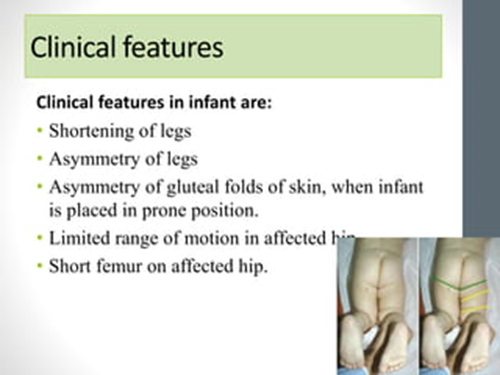A nurse is caring for an 8-year-old child who has sickle cell anemia and is recovering from a vaso-occlusive crisis. Which of the following precautions should the nurse include in the discharge teaching?
Drink eight glass of fluid daily.
Maintain an updated hemophilus influence type b immunisation
Avoid playground activities at school
Assume postural drainage positions every 6 hrs
The Correct Answer is A
A. Drink eight glasses of fluid daily: This is crucial advice for patients with sickle cell anemia, as adequate hydration helps prevent sickling of red blood cells and reduces the risk of vaso-occlusive crises. Therefore, this precaution is appropriate and should be included in discharge teaching.
B. Maintain an updated Haemophilus influenzae type b (Hib) immunization: While vaccination is essential for overall health, maintaining Hib immunization is not directly related to sickle cell anemia or vaso-occlusive crises. However, it's still important for the child's general well-being and should be addressed but may not be the priority in discharge teaching for sickle cell anemia.
C. Avoid playground activities at school: Children with sickle cell anemia are at risk of vaso-occlusive crises triggered by dehydration, fatigue, or extreme physical exertion. While playground activities can be strenuous, completely avoiding them may not be necessary. Instead, the child should be educated on the importance of staying hydrated, taking breaks when needed, and avoiding excessive physical strain.
D. Assume postural drainage positions every 6 hours: Postural drainage is not typically indicated for sickle cell anemia or vaso-occlusive crises unless there are specific respiratory complications. This precaution is not relevant to the management of sickle cell anemia and should not be included in discharge teaching for this condition.
Nursing Test Bank
Naxlex Comprehensive Predictor Exams
Related Questions
Correct Answer is ["A","D"]
Explanation
A. Inwardly turned foot on the affected side.
This finding is consistent with DDH. In infants with DDH, the affected leg may appear shortened and rotated inwardly due to hip instability or dislocation.
B. Lengthened thigh on the affected side.
This finding is not typically associated with DDH. In fact, the affected thigh may appear shortened rather than lengthened due to abnormal positioning of the hip joint.
C. Absent plantar reflexes.
Absent plantar reflexes are not directly related to DDH. Plantar reflexes assess the function of the spinal nerves in the lower extremities and are not typically affected by hip dysplasia.
D. Asymmetric thigh folds.
This finding is consistent with DDH. Asymmetric thigh folds, where one thigh appears fuller or has more skin folds compared to the other, can be indicative of hip dysplasia. The skin folds may be more prominent on the unaffected side due to the displacement of the femoral head on the affected side.

Correct Answer is B
Explanation
A. Drooling:
Drooling can occur post-tonsillectomy due to throat discomfort or swelling. However, it is not specific to hemorrhage. It may result from pain, swelling, or difficulty swallowing.
B. Continuous swallowing:
Continuous swallowing is indeed a clinical manifestation of hemorrhage after a tonsillectomy. The presence of blood in the throat triggers the swallowing reflex, leading to frequent swallowing by the patient. This symptom is characteristic of hemorrhage and requires immediate medical attention.
C. Poor fluid intake:
Poor fluid intake can occur post-tonsillectomy due to pain, discomfort, or nausea. While it can be a concern for overall recovery, it is not specific to hemorrhage.
D. Increased pain:
Increased pain can be associated with hemorrhage, especially if it is sudden, severe, or worsening. However, it is not as specific as continuous swallowing in indicating hemorrhage post-tonsillectomy. Increased pain can also be due to various other reasons such as inflammation, infection, or trauma.
Whether you are a student looking to ace your exams or a practicing nurse seeking to enhance your expertise , our nursing education contents will empower you with the confidence and competence to make a difference in the lives of patients and become a respected leader in the healthcare field.
Visit Naxlex, invest in your future and unlock endless possibilities with our unparalleled nursing education contents today
Report Wrong Answer on the Current Question
Do you disagree with the answer? If yes, what is your expected answer? Explain.
Kindly be descriptive with the issue you are facing.
